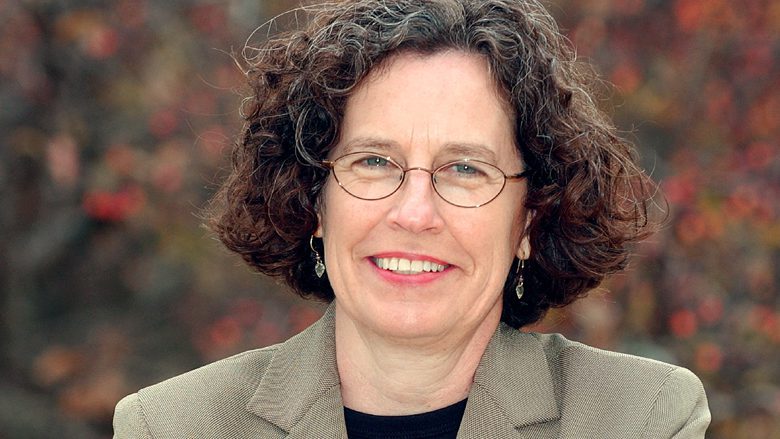
The American Academy in Rome had a 2020 Rome Prize Fellowship to Kevin Benham, M.Arch ’95, to advance his research on transhumance, or the migrations of shepherds and their sheep.
Benham, an assistant professor of landscape architecture at Louisiana State University, will spend months in the Italian countryside researching sheep migration and reevaluate this process through a contemporary ecological and urban lens.
The American Academy in Rome (AAR) is an American overseas center of advanced research in the fine arts and humanities. Every year, the AAR awards competitive fellowships to support advanced independent work and research in subjects such as visual arts, musical composition, design and architecture. This year, the AAR awarded fellowships to 22 American and two Italian artists and scholars; more than 1,000 artists and scholars applied for the fellowship, according to the AAR.
Fellowship recipients receive a stipend, workspace, and room and board for a period of four to seven months at the Academy’s campus in Rome.
Benham said he was amazed when he found out he was being considered for the fellowship.
“I was shortlisted in January, which was the most surprising phone call probably that I had. I was in the classroom between classes and found out and was pretty amazed I had been shortlisted.”
After completing his M.Arch, Benham received his master’s in landscape architecture from Harvard University’s Graduate School of Design. He has exhibited conceptual work throughout the world, including at the Royal Institute of British Architects in London.
Benham said his background in biology led him to incorporate ecology and biodiversity concepts in his work. He completed “Broken Kilometer,” a kilometer-long cut in the earth near Harlösa, Sweden, in conjunction with the EU project “Sandlife.” It acts simultaneously as land art and as a stimulus for increasing biodiversity in the area. “Mile Long Burn,” Benham’s land art project with the National Park Service in the Tallgrass Prairie National Preserve of Kansas, was conducted to maintain the health and vitality of endemic species in the prairie landscape.
“My work often uses lines as a datum in order to understand change and ecology in the landscape,” Benham said. “I started thinking about the ways that the pathways in Italy, which have been used for millennia, act as ecological corridors for the increase in biodiversity along those pathways.”
Benham said he plans to buy a herd of sheep and travel with them 100 kilometers toward the city of Rome. He will document the process through a collection of drawings and photographs.
“I’m taking something which is a rural tradition and transferring that into an urban context to see what that actually means,” Benham said. “I’m sure there will be many problems and what I like to do with any of those problems is turn them into opportunities. I’m excited because I have no idea what I might run into.”
Rome Prize recipients are encouraged to come together to share ideas and talk about their work. “I’m interested in and excited about being with other disciplines because I think I can learn a lot from them and it may alter the course of what my project actually becomes in a really interesting way,” Benham said. “So I’m looking forward to working with these other disciplines and thinking about how that can affect the things that I’m doing.”
This story originally appeared in Reveille, the student newspaper of Louisiana State University.







